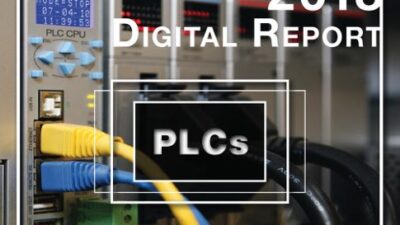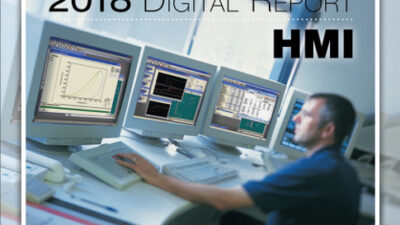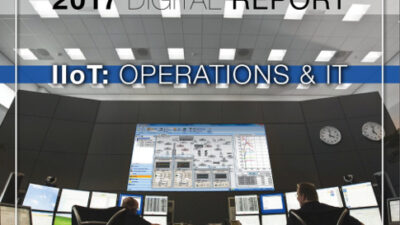As more devices and systems get woven into the fabric of our networkedworld, the scale and the complexity of integration is growing at a rapidpace. Our existing methodologies and training for system software design,rooted in principles of object-oriented design, that worked superbly forsmall scale systems begin to break down as we discover operational limitswhich requires frequent and unintended redesigns in programs year overyear.
As more devices and systems get woven into the fabric of our networked world, the scale and the complexity of integration is growing at a rapid pace. Our existing methodologies and training for system software design, rooted in principles of object-oriented design, that worked superbly for small scale systems begin to break down as we discover operational limits which requires frequent and unintended redesigns in programs year over year. Fundamentally, object-oriented thinking leads us to think in terms of tightly-coupled interactions that include strong state assumptions. Large scale distributed systems are often a mix of subsystems created by independent parties, often using different middleware technologies, with misaligned interfaces. Integrating such sub-systems using object-oriented thinking poses some fundamental challenges:(1) it is brittle to incremental and independent development, where interfaces can change without notice;(2) there is often an ‘impedance mis-match’ between sub-systems in the quantity and the quality of information that must be exchanged between the two sides;(3) there is a real need to dynamically adapt in real-time to network topology reconfigurations and failures;(4) scalability, performance, and up-time cannot always be compromised in this dynamic environment .
A different paradigm is needed in order to address these new challenges in a systematic manner. As the scale of the integration and complexity grows, the only unifying common denominators between disparate sub-systems (generally numbering more than two) are:(1) the data they produce and consume;(2) the services they use and offer.
High Bright Displays: Get the Picture (8 page pdf)


